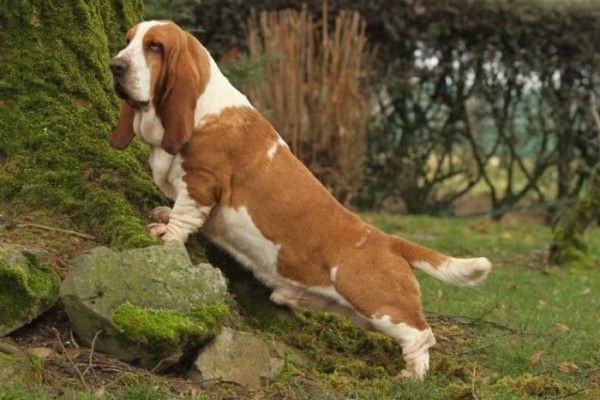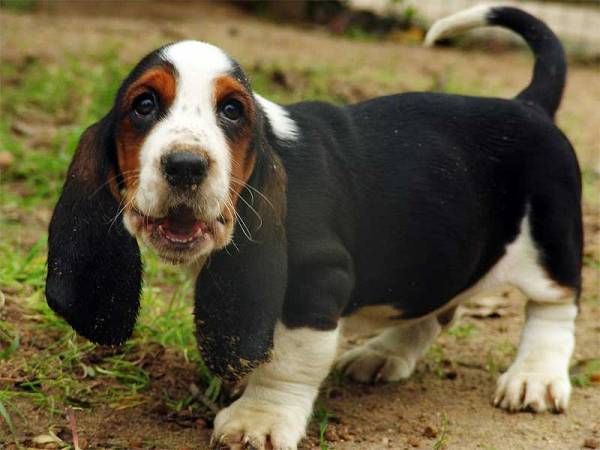#4 Dogs referred to as “Bassets” date from at least the 16th century when “low” dogs gained popularity as hunting companions, particularly in France.

However, basset breeding was not strictly codified and underwent many changes over time. It wasn't until the late 19th and early 20th centuries that breeders crossed Basset Hounds with Bloodhounds to increase the small dog's size, incidentally adding the Bloodhound's typically floppy jowliness to the Basset's face.
#5 While adorable, a Basset Hound’s floppy ears also serve a practical purpose.

Bassets have one of the best senses of smell of any breed (second only to bloodhounds), and their ears have a lot to do with it. When a basset hound is pursuing its prey, its ears brush the scent toward the dog's nose. The loose skin on the Basset Hound's neck, also known as the dewlap, also helps trap scent to enhance the dog's already strong ability to smell.
#6 Already popular in France and Britain, the Basset Hound saw slower acceptance among American dog lovers in the early decades of the 20th century.

But the breed experienced a significant surge in public awareness and popularity when Time Magazine featured a Basset Hound puppy on the cover of an article about the Westminster Dog Show on February 27, 1928.
